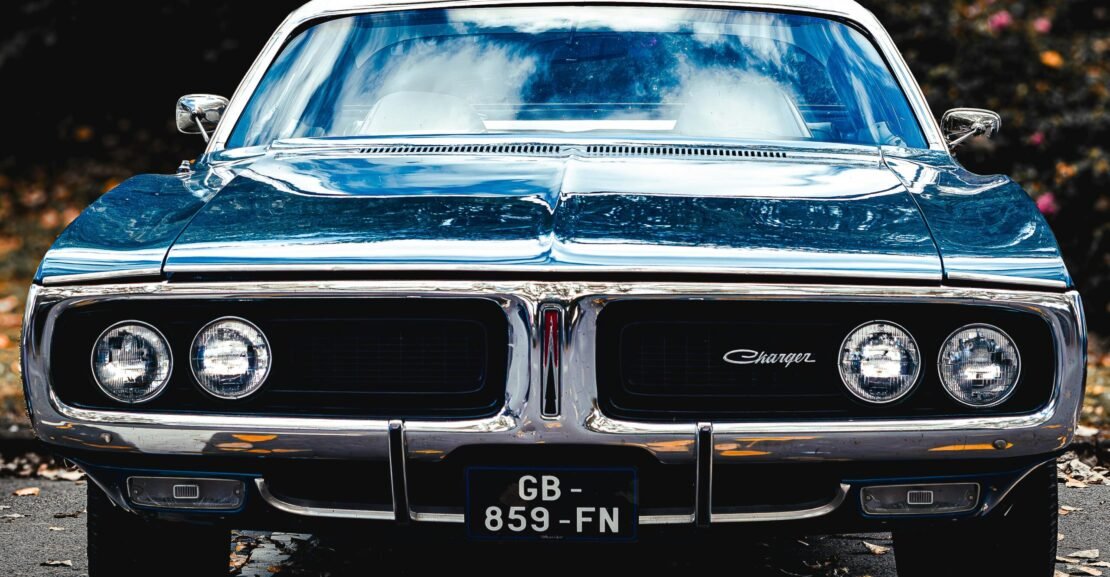Muscle cars. These two words alone bring images of roaring engines, bold designs, and exhilarating speed to mind. Born in the United States during the 1960s, muscle cars became a cultural phenomenon, forever changing the automotive landscape. But what makes these cars so special? Let’s dive into the history, characteristics, and legacy of muscle cars.
What Makes a Muscle Car?
At its core, a muscle car is a high-performance vehicle, typically with a large V8 engine, designed for straight-line speed and power. Unlike their sports car counterparts, muscle cars are all about raw power, aggressive styling, and a thrilling driving experience. These cars aren’t just for cruising—they’re built for performance.
A Brief History of Muscle Cars
The birth of the muscle car can be traced back to the 1960s, a period of great innovation and competition in the automotive industry. The introduction of powerful engines into smaller, lighter vehicles led to the creation of the classic muscle car formula: large, powerful engines in mid-sized cars.
The 1964 Pontiac GTO is often credited with being the first true muscle car, setting the stage for what was to come. Other iconic muscle cars like the Chevrolet Camaro, Ford Mustang, and Dodge Charger followed in the wake of the GTO’s success.
In the golden age of muscle cars, from the mid-1960s to the early 1970s, these cars became symbols of freedom and power. Their appeal went beyond just performance; they represented rebellion, individuality, and the American dream.
Characteristics of Muscle Cars
- Powerful Engines: Muscle cars are known for their V8 engines that deliver impressive horsepower, often exceeding 300 horsepower in the early days.
- Aggressive Styling: With bold lines, wide hoods, and muscular stances, these cars have an unmistakable look that screams performance.
- Rear-Wheel Drive: Rear-wheel drive offers better balance and handling, essential for high-speed acceleration and performance.
- Affordable: Unlike exotic sports cars, muscle cars were designed to be relatively affordable, making them accessible to a wider audience.
- Sound: One of the signature features of muscle cars is their throaty, growling exhaust note, which is music to the ears of enthusiasts.
The Legacy of Muscle Cars
Though the golden age of muscle cars faded in the 1970s due to changing emission regulations and the oil crisis, the spirit of these iconic vehicles never truly disappeared. In the 1980s and 1990s, manufacturers began to resurrect the muscle car formula, and today, models like the Ford Mustang, Chevrolet Camaro, and Dodge Challenger continue to pay homage to their predecessors.
Modern muscle cars may be more refined, with improved technology and better handling, but they still embody the same spirit of performance, power, and boldness that made them legends.
Muscle Cars in Pop Culture
Muscle cars have played an important role in pop culture, from starring in movies to dominating car shows. The Fast & Furious franchise has kept the love for muscle cars alive, with cars like the Dodge Charger becoming icons in their own right. The unmistakable roar of a muscle car engine has become a symbol of rebellion, freedom, and adventure.
Let me generate an image to complement this post. I’ll go for a classic muscle car that represents the powerful and bold nature of these cars.
It looks like there was an issue with generating the image. However, the concept of the classic muscle car remains vivid in the description. You can imagine a classic 1969 Chevrolet Camaro, with its powerful presence on the open road, roaring down the highway as the sun sets in the background.
If you’d like, I can try again to generate the image or assist you in finding more information or visuals about muscle cars!
